Reishi Mushroom Recipes: The Ultimate Guide to Cooking with the Mushroom of Immortality
What Are Reishi Mushrooms?
Reishi mushrooms (Ganoderma lucidum), also known as lingzhi, are distinctive fungi with a glossy, reddish-brown surface and woody texture. Unlike culinary mushrooms that are soft and fleshy, reishi mushrooms are known for their tough, woody consistency which makes them challenging to consume in their natural state. Revered for thousands of years in Eastern medicine as the "mushroom of immortality," reishi has traditionally been prepared through various extraction methods to make its beneficial compounds accessible.
While reishi mushrooms aren't typically considered a culinary delight due to their bitter taste and tough texture, creative preparation methods have made it possible to incorporate them into delicious recipes while preserving their health-supporting properties. The earthy, slightly bitter flavor can complement certain dishes when properly prepared, and the health benefits make the effort worthwhile.
Culinary Properties of Reishi Mushrooms
Before diving into recipes, it's important to understand the unique culinary characteristics of reishi mushrooms:
-
Texture: Unlike portobello or shiitake mushrooms, reishi has a woody, cork-like texture that doesn't soften much with cooking. This is why it's rarely eaten whole.
-
Flavor profile: Reishi has a bitter, earthy taste with woody and slightly nutty undertones. The bitterness comes from triterpenes, compounds associated with many of reishi's health benefits.
-
Preparation requirements: Due to their tough texture, reishi mushrooms typically require extended cooking times or pre-processing through methods like powdering or extraction.
-
Parts used: Both the fruiting body (the visible mushroom cap and stem) and the mycelium (the root-like structure) can be used in recipes, though they offer different nutritional profiles.
-
Forms available: For cooking, reishi is commonly available as dried slices, powder, or pre-made extracts, each lending itself to different recipe applications.
Understanding these properties will help you create more successful reishi mushroom recipes and manage expectations about the end results.

Essential Reishi Mushroom Preparations
Basic Reishi Mushroom Tea
The most traditional and simplest way to consume reishi is as a tea or decoction. This method extracts the water-soluble compounds:
Ingredients:
- 3-5 grams dried reishi mushroom slices (or 1-2 teaspoons reishi powder)
- 4 cups filtered water
- Optional: honey, cinnamon, or ginger to taste
Instructions:
- If using whole dried reishi, break into smaller pieces to increase surface area.
- In a pot, combine reishi with filtered water.
- Bring to a boil, then reduce heat to a low simmer.
- Simmer covered for 1-2 hours (longer for stronger extraction).
- Strain the liquid using a fine mesh strainer or cheesecloth.
- Add optional sweeteners or spices to taste.
- Serve hot or allow to cool and store in the refrigerator for up to 5 days.
This basic tea can be consumed daily, typically 1-2 cups. The longer brewing time helps extract more of the beneficial compounds, but also intensifies the bitter taste.
Dual-Extraction Reishi Tincture
For a more potent preparation that captures both water-soluble and alcohol-soluble compounds:
Ingredients:
- 30 grams dried reishi mushrooms
- 500 ml high-proof alcohol (vodka or grain alcohol, at least 40% alcohol)
- 500 ml filtered water
- 1 tablespoon food-grade glycerin (optional, improves flavor)
Instructions:
- Break dried reishi into small pieces or roughly grind them.
- Place in a clean glass jar and cover with alcohol.
- Seal tightly and store in a cool, dark place for 4-6 weeks, shaking every few days.
- After the alcohol extraction period, strain the mushroom pieces, reserving the liquid.
- Take the same mushroom material and add to the water in a pot.
- Simmer gently for 2 hours until the liquid reduces by half.
- Strain the water extraction and allow to cool.
- Combine the alcohol extraction with the water extraction.
- Add glycerin if desired for improved flavor.
- Store in dark dropper bottles.
This dual-extraction tincture can be added to beverages or taken directly under the tongue, with typical servings being 30-60 drops, 1-3 times daily.
Reishi Mushroom Powder
Creating a fine powder from dried reishi is versatile for recipes:
Ingredients:
- Dried reishi mushrooms
Instructions:
- Ensure the reishi mushrooms are completely dry and brittle.
- Break into smaller pieces.
- Use a dedicated coffee grinder, high-powered blender, or herb grinder to process into a fine powder.
- Store in an airtight container away from moisture and light.
Reishi powder can be incorporated into numerous recipes including smoothies, coffee, baked goods, and more. The typical serving size is 1/4 to 1 teaspoon daily.
Delicious Reishi Mushroom Recipes for Daily Use
Reishi Mushroom Morning Elixir
Start your day with this energizing beverage:
Ingredients:
- 1 teaspoon reishi mushroom powder
- 1 cup hot water
- 1 tablespoon cacao powder
- 1 teaspoon coconut oil or MCT oil
- 1/4 teaspoon cinnamon
- 1/4 teaspoon vanilla extract
- Sweetener of choice (honey, maple syrup, or stevia)
- Optional: 1/4 teaspoon turmeric and a pinch of black pepper
Instructions:
- Heat water until just before boiling.
- In a blender, combine all ingredients.
- Blend on high for 30 seconds until frothy.
- Pour into a mug and enjoy immediately.
This morning elixir provides sustained energy without the jitters associated with regular coffee. The fat from coconut oil helps with the absorption of fat-soluble compounds in reishi.
Reishi Mushroom Golden Milk
This soothing evening beverage combines the benefits of reishi with anti-inflammatory turmeric:
Ingredients:
- 1 teaspoon reishi mushroom powder
- 1 cup plant-based milk (almond, coconut, or oat)
- 1/2 teaspoon ground turmeric
- 1/4 teaspoon ground ginger
- 1/4 teaspoon ground cinnamon
- Pinch of black pepper
- 1 teaspoon honey or maple syrup
- 1/2 teaspoon coconut oil or ghee
Instructions:
- In a small saucepan, warm the milk over medium-low heat.
- Add all ingredients and whisk continuously until well combined.
- Heat until just before boiling, then reduce heat and simmer for 5 minutes.
- Strain if desired and serve warm.
This golden milk makes an excellent evening ritual, as reishi may support restful sleep while the anti-inflammatory properties of turmeric work overnight.
Reishi Mushroom Immune-Boosting Soup
A nourishing soup that combines reishi with other immune-supporting ingredients:
Ingredients:
- 10 grams dried reishi mushroom slices
- 8 cups vegetable or chicken broth
- 1 tablespoon olive oil
- 1 onion, diced
- 3 garlic cloves, minced
- 1-inch piece of ginger, minced
- 2 carrots, sliced
- 2 celery stalks, sliced
- 1 cup shiitake mushrooms, sliced
- 1 cup kale or spinach, chopped
- 1/2 cup barley or brown rice
- 1 bay leaf
- Salt and pepper to taste
- Fresh herbs (thyme, rosemary, or parsley)
Instructions:
- In a large pot, simmer reishi slices in broth for 1 hour, then strain, reserving the broth.
- In the same pot, heat olive oil and sauté onion, garlic, and ginger until fragrant.
- Add carrots and celery, cooking until slightly softened.
- Add shiitake mushrooms and cook for another 3 minutes.
- Pour in the reishi-infused broth, add barley or rice and bay leaf.
- Simmer until grains are tender, about 30-40 minutes.
- Add leafy greens in the last 5 minutes of cooking.
- Season with salt, pepper, and fresh herbs.
This soup is ideal during cold and flu season or when feeling run down. The long cooking time allows the reishi to infuse the broth with beneficial compounds.
Reishi Mushroom Energy Balls
These no-bake treats make for a perfect snack with adaptogenic benefits:
Ingredients:
- 1 cup pitted dates, soaked in warm water for 10 minutes
- 1/2 cup nuts (almonds, walnuts, or cashews)
- 1/4 cup shredded coconut
- 2 tablespoons reishi mushroom powder
- 2 tablespoons cacao powder
- 1 tablespoon coconut oil
- 1 tablespoon chia seeds
- 1 teaspoon vanilla extract
- Pinch of sea salt
- Optional coating: extra cacao powder, shredded coconut, or hemp seeds
Instructions:
- Drain the dates and place in a food processor with nuts.
- Pulse until the mixture becomes crumbly.
- Add remaining ingredients and process until a sticky dough forms.
- If too dry, add a teaspoon of water at a time until the right consistency is reached.
- Roll the mixture into 1-inch balls.
- Roll in optional coating if desired.
- Refrigerate for at least 1 hour before serving.
- Store in an airtight container in the refrigerator for up to two weeks.
These energy balls make for a convenient way to incorporate reishi into your daily routine, especially for those who don't enjoy the bitter taste of reishi tea.
Reishi Mushroom Bone Broth
A nutrient-dense broth that combines the benefits of bone broth with reishi:
Ingredients:
- 2-3 pounds of beef or chicken bones (preferably with some meat still attached)
- 10 grams dried reishi mushroom slices
- 2 tablespoons apple cider vinegar
- 2 onions, roughly chopped
- 3 carrots, roughly chopped
- 3 celery stalks, roughly chopped
- 6 garlic cloves, smashed
- 2 bay leaves
- 1 tablespoon black peppercorns
- Fresh herbs (rosemary, thyme, parsley)
- Water to cover
Instructions:
- Preheat oven to 450°F (230°C) and roast the bones for 30 minutes until browned.
- Transfer bones to a large stockpot or slow cooker.
- Add all remaining ingredients and cover with cold water.
- Add apple cider vinegar and allow to sit for 30 minutes (this helps extract minerals from the bones).
- For stovetop: Bring to a boil, reduce heat, and simmer for 12-24 hours. For slow cooker: Cook on low for 24-48 hours.
- Occasionally skim off any foam that rises to the top.
- When finished, strain through a fine-mesh strainer.
- Allow to cool and store in containers in the refrigerator (up to 5 days) or freezer (up to 3 months).
This nutrient-rich broth combines the collagen and amino acids from bone broth with the immunomodulating properties of reishi for a powerful healing food.
Creative Culinary Applications for Reishi Mushrooms
Reishi Mushroom Coffee
A popular way to incorporate reishi into your morning routine:
Ingredients:
- 1 cup freshly brewed coffee
- 1/2-1 teaspoon reishi mushroom powder
- 1 tablespoon coconut cream or your preferred milk
- Sweetener of choice (optional)
- Pinch of cinnamon or cardamom (optional)
Instructions:
- Brew coffee using your preferred method.
- In a blender, combine coffee, reishi powder, and remaining ingredients.
- Blend for 10-15 seconds until frothy.
- Serve immediately.
The bitterness of reishi complements coffee's flavor profile, while potentially moderating some of coffee's stimulating effects.
Reishi Mushroom Chocolate
A delicious way to enjoy reishi's benefits in a treat:
Ingredients:
- 1 cup cacao butter or coconut oil
- 1/2 cup cacao powder
- 2-3 tablespoons reishi mushroom powder
- 1/4 cup maple syrup or honey
- 1 teaspoon vanilla extract
- Pinch of sea salt
- Optional add-ins: chopped nuts, dried berries, or coconut flakes
Instructions:
- Melt cacao butter or coconut oil using a double boiler.
- Remove from heat and whisk in cacao powder and reishi powder until smooth.
- Add sweetener, vanilla, and salt, stirring to combine.
- Fold in any optional add-ins.
- Pour into chocolate molds or a parchment-lined baking dish.
- Refrigerate until completely set, about 2 hours.
- Break or cut into pieces and store in the refrigerator.
This functional chocolate makes for a delightful treat with adaptogenic benefits. A small piece can be enjoyed daily as part of a wellness routine.
Reishi Mushroom Risotto
A savory dish that incorporates reishi broth:
Ingredients:
- 5 grams dried reishi mushroom slices
- 4 cups vegetable or chicken broth
- 2 tablespoons olive oil
- 1 onion, finely diced
- 2 garlic cloves, minced
- 1 1/2 cups Arborio rice
- 1/2 cup dry white wine
- 1 cup fresh mushrooms (shiitake, cremini, or oyster), sliced
- 1/2 cup grated Parmesan cheese
- 2 tablespoons butter
- Fresh herbs (thyme, parsley)
- Salt and pepper to taste
Instructions:
- First, prepare reishi broth: Simmer reishi slices in broth for 1 hour, then strain, keeping the broth hot.
- In a large pan, heat olive oil and sauté onion until translucent.
- Add garlic and fresh mushrooms, cooking until mushrooms release their moisture.
- Add rice and stir to coat with oil, toasting slightly for 1-2 minutes.
- Pour in wine and stir until absorbed.
- Add hot reishi broth one ladle at a time, stirring frequently and allowing each addition to be absorbed before adding more.
- Continue until rice is creamy and al dente, about 18-20 minutes.
- Remove from heat and stir in Parmesan cheese and butter.
- Finish with fresh herbs, salt, and pepper.
This risotto provides a subtle way to incorporate reishi's benefits into a gourmet meal. The long cooking process of the risotto helps mellow reishi's bitterness.

Tips for Cooking with Reishi Mushrooms
Selecting Quality Reishi Mushrooms
For the best culinary results, follow these guidelines when sourcing reishi:
-
Appearance: Fresh reishi should have a glossy, reddish-brown surface without dark spots or discoloration. Dried reishi should be completely dry and brittle.
-
Source: Wild-harvested or organically grown reishi is preferable to avoid pesticides and other contaminants.
-
Form factors: For cooking, consider:
- Dried slices: Best for broths, teas, and tinctures
- Powder: Most versatile for direct addition to recipes
- Extract: Convenient but less customizable
-
Species varieties: Ganoderma lucidum (red reishi) is most common, but other varieties like Ganoderma oregonense or Ganoderma tsugae can also be used.
-
Age: Younger reishi specimens tend to be less bitter than fully mature ones, though they may contain fewer beneficial compounds.
Quality matters significantly when cooking with medicinal mushrooms, so purchase from reputable suppliers with good quality control practices.
Storage Recommendations
Proper storage extends shelf life and preserves potency:
-
Dried whole reishi: Store in airtight containers away from light, heat, and moisture. When properly stored, they can last up to two years.
-
Reishi powder: Keep in airtight, dark containers, preferably glass. Use within 6-12 months for optimal potency.
-
Reishi extracts: Follow manufacturer recommendations, but generally store in dark bottles away from heat and light.
-
Prepared recipes: Tea can be refrigerated for up to 5 days; tinctures typically last for years; foods containing reishi should follow normal storage guidelines for that food type.
Exposure to air, light, and moisture can degrade the active compounds in reishi, so proper storage is essential for maintaining its benefits.
Flavor Pairing Guidelines
Managing reishi's naturally bitter flavor can be achieved through thoughtful pairings:
-
Complementary flavors: Cacao, coffee, cinnamon, and vanilla naturally complement reishi's earthy bitterness.
-
Sweeteners: Honey, maple syrup, and dates can help balance bitterness without overpowering the beneficial compounds.
-
Fats: Coconut oil, MCT oil, and nut butters can mellow the flavor while aiding in the absorption of fat-soluble compounds.
-
Herbs and spices: Cinnamon, cardamom, turmeric, and ginger mask bitterness while adding their own health benefits.
-
Culinary mushrooms: Pairing reishi with flavorful culinary mushrooms like shiitake or maitake creates depth while keeping the mushroom theme.
The goal isn't necessarily to completely mask reishi's flavor, but rather to create a balanced taste profile that's enjoyable to consume regularly.

Health Considerations When Cooking with Reishi
Preserving Beneficial Compounds
Different cooking methods impact reishi's bioactive compounds:
-
Heat sensitivity: Some polysaccharides in reishi are relatively heat-stable, while certain triterpenes may degrade with excessive heat.
-
Extraction efficiency: Water extraction (decoctions) pulls out water-soluble polysaccharides, while alcohol extraction captures more of the triterpenes.
-
Cooking duration: Longer cooking times (1-3 hours) generally extract more beneficial compounds from whole reishi pieces.
-
pH considerations: Slightly acidic conditions (like adding lemon juice to tea) may enhance extraction of certain compounds.
-
Particle size: Powdered reishi has greater surface area, allowing for more efficient extraction of compounds in recipes.
For maximum benefits, consider using dual-extraction methods or combining different preparation styles in your cooking routine.
Dosage Guidance in Recipes
Determining appropriate amounts of reishi in recipes:
-
Daily recommendations: Most experts suggest 1-2 grams of dried reishi or 250-500mg of extract powder daily for general wellness.
-
Recipe conversion: For a recipe that serves 4, consider using 4-8 grams of dried reishi or 1-2 grams of extract powder.
-
Individual serving calculations: Divide the total amount of reishi in a recipe by the number of servings to ensure appropriate dosing.
-
Concentration factors: Extracts are more concentrated than raw powder, so adjust quantities accordingly (typically using 1/4 to 1/3 the amount).
-
Starting levels: Begin with smaller amounts and gradually increase to assess tolerance, especially for those new to adaptogens.
Remember that consistency is generally more important than high single doses when it comes to reishi's health benefits.
Potential Interactions to Consider
Be mindful of these interactions when creating reishi recipes:
-
Blood-thinning medications: Reishi may have mild anticoagulant effects, so consider this when developing recipes for those on blood thinners.
-
Blood pressure medications: Reishi may enhance the effects of antihypertensive drugs.
-
Immunosuppressant drugs: As an immune modulator, reishi could potentially interact with these medications.
-
Diabetic medications: Some research suggests reishi may affect blood glucose levels.
-
Herbal combinations: Certain herbs may amplify or reduce reishi's effects when combined in recipes.
Always suggest that consumers consult healthcare providers before regularly consuming reishi dishes, especially if they take medications or have health conditions.
Frequently Asked Questions About Cooking with Reishi
Can I Use Fresh Reishi Instead of Dried?
While most recipes call for dried reishi, fresh can sometimes be used:
-
Availability challenges: Fresh reishi is much less commonly available than dried.
-
Preparation differences: Fresh reishi should be sliced thinly and may require longer cooking times to soften.
-
Potency considerations: Pound for pound, dried reishi is more concentrated in beneficial compounds than fresh.
-
Storage limitations: Fresh reishi has a much shorter shelf life than dried forms.
-
Recipe adaptations: When substituting fresh for dried, use approximately 3 times the weight called for in recipes to account for water content.
In general, dried reishi is more practical and potent for most culinary applications.
Will Cooking Destroy Reishi's Benefits?
This common concern has nuanced answers:
-
Heat resistance: Many of reishi's polysaccharides are relatively heat-stable and can withstand cooking temperatures.
-
Extraction benefit: Cooking actually helps break down the tough chitin cell walls of reishi, making beneficial compounds more bioavailable.
-
Alcohol-soluble compounds: Some triterpenes may be better preserved in alcohol-based preparations than high-heat water methods.
-
Optimal approach: A balanced approach using moderate heat for sufficient time (simmering vs. boiling) generally preserves most beneficial properties.
-
Pre-extracted options: Using reishi extracts or powders in no-cook recipes can alleviate concerns about heat degradation.
Cooking generally makes reishi's benefits more accessible rather than destroying them, when done properly.
How Can I Make Reishi Taste Better?
Managing reishi's distinctive flavor:
-
Start small: Begin with smaller amounts in recipes while your palate adjusts.
-
Leverage strong flavors: Chocolate, coffee, and warming spices can effectively mask bitterness.
-
Sweetener strategy: Natural sweeteners like maple syrup and honey counterbalance bitterness effectively.
-
Fat incorporation: Healthy fats help mellow the flavor profile and improve mouthfeel.
-
Fermentation options: Some find that fermented preparations mellow reishi's bitterness.
-
Blending with other mushrooms: Combining reishi with milder medicinal mushrooms like chaga or lion's mane can create a more balanced flavor profile.
Many people find that they become accustomed to reishi's taste over time, eventually appreciating its unique earthy quality.
Conclusion: Making Reishi a Delicious Part of Your Daily Routine
Incorporating reishi mushrooms into your cooking opens a world of possibilities for enjoying this revered adaptogen. While its woody texture and bitter flavor present unique culinary challenges, creative recipe development can transform reishi into delicious foods and beverages that deliver its impressive health benefits.
Whether you prefer the simplicity of a daily reishi tea, the convenience of adding powder to your morning smoothie, or the gourmet approach of infusing broths and sauces, there's a reishi recipe to suit every palate and lifestyle. The key is consistency – regular consumption allows the adaptogenic effects to build over time.
As with any functional food, quality matters. Sourcing high-grade reishi from reputable suppliers ensures you're getting genuine Ganoderma lucidum with its full spectrum of beneficial compounds. And while reishi can be a powerful addition to your wellness routine, it's most effective when part of a balanced diet and healthy lifestyle.
From ancient Chinese medicine to modern kitchens worldwide, reishi continues its legacy as the "mushroom of immortality." Through these recipes and preparation methods, you can turn this medicinal marvel into delicious daily nourishment – proving that sometimes, the best medicine can also be good food.

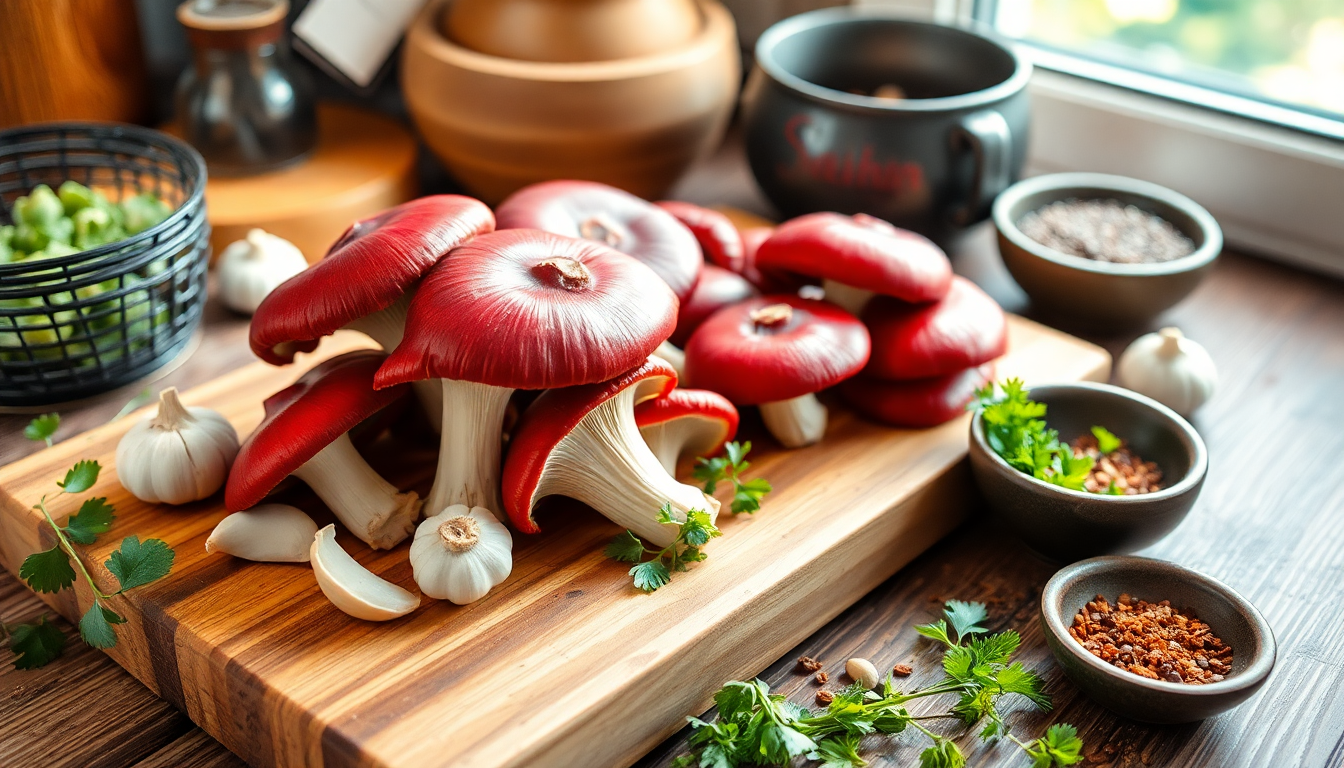
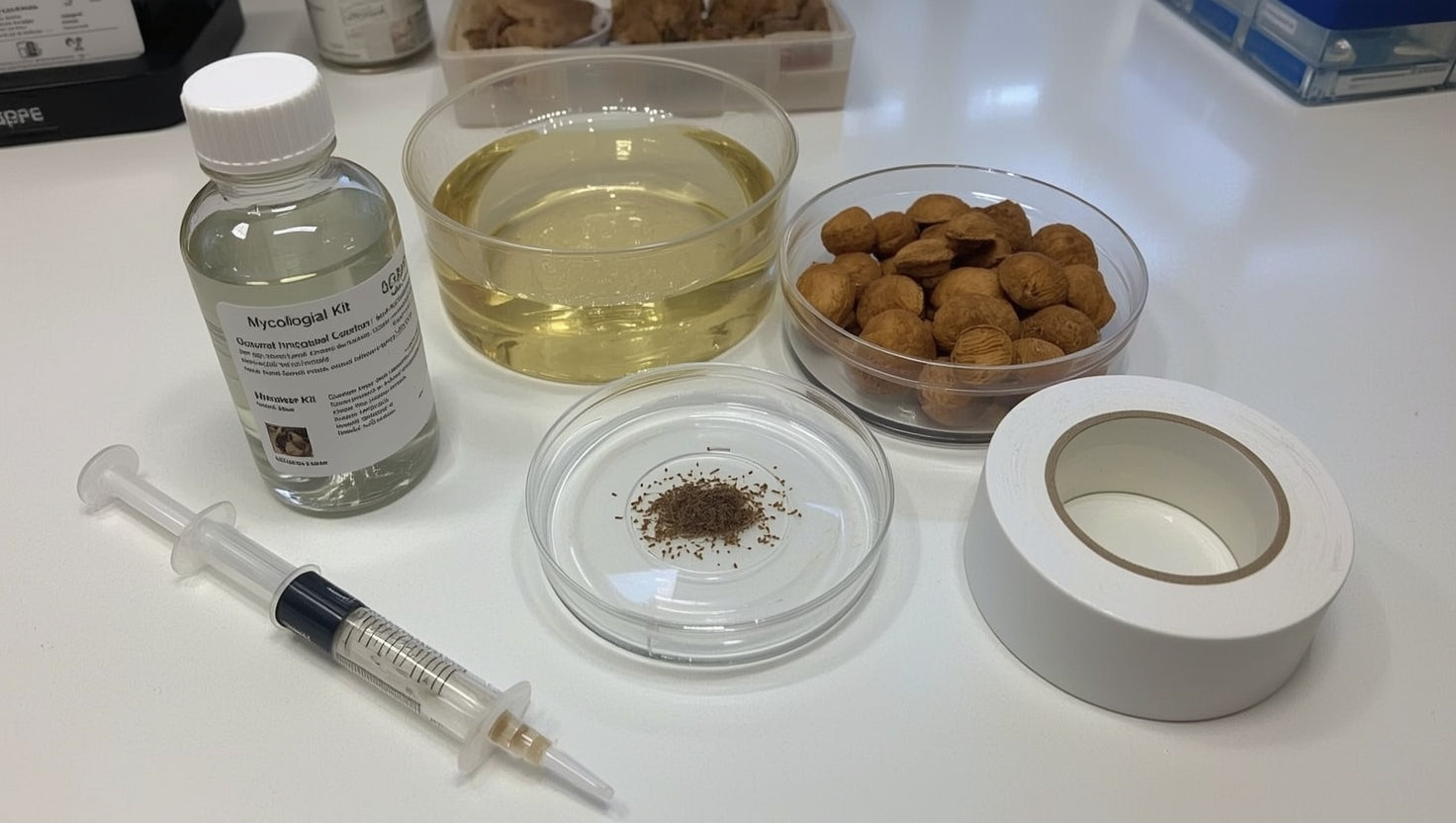
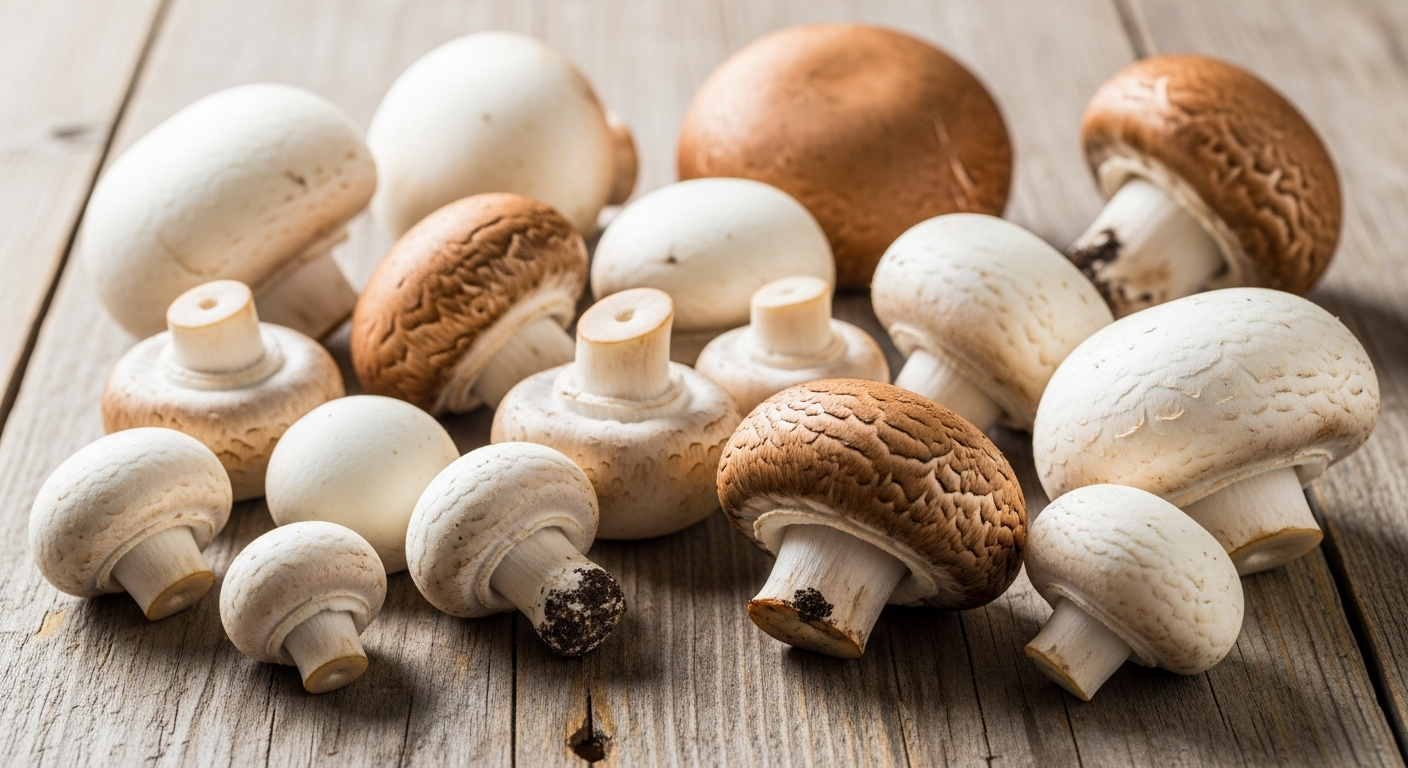
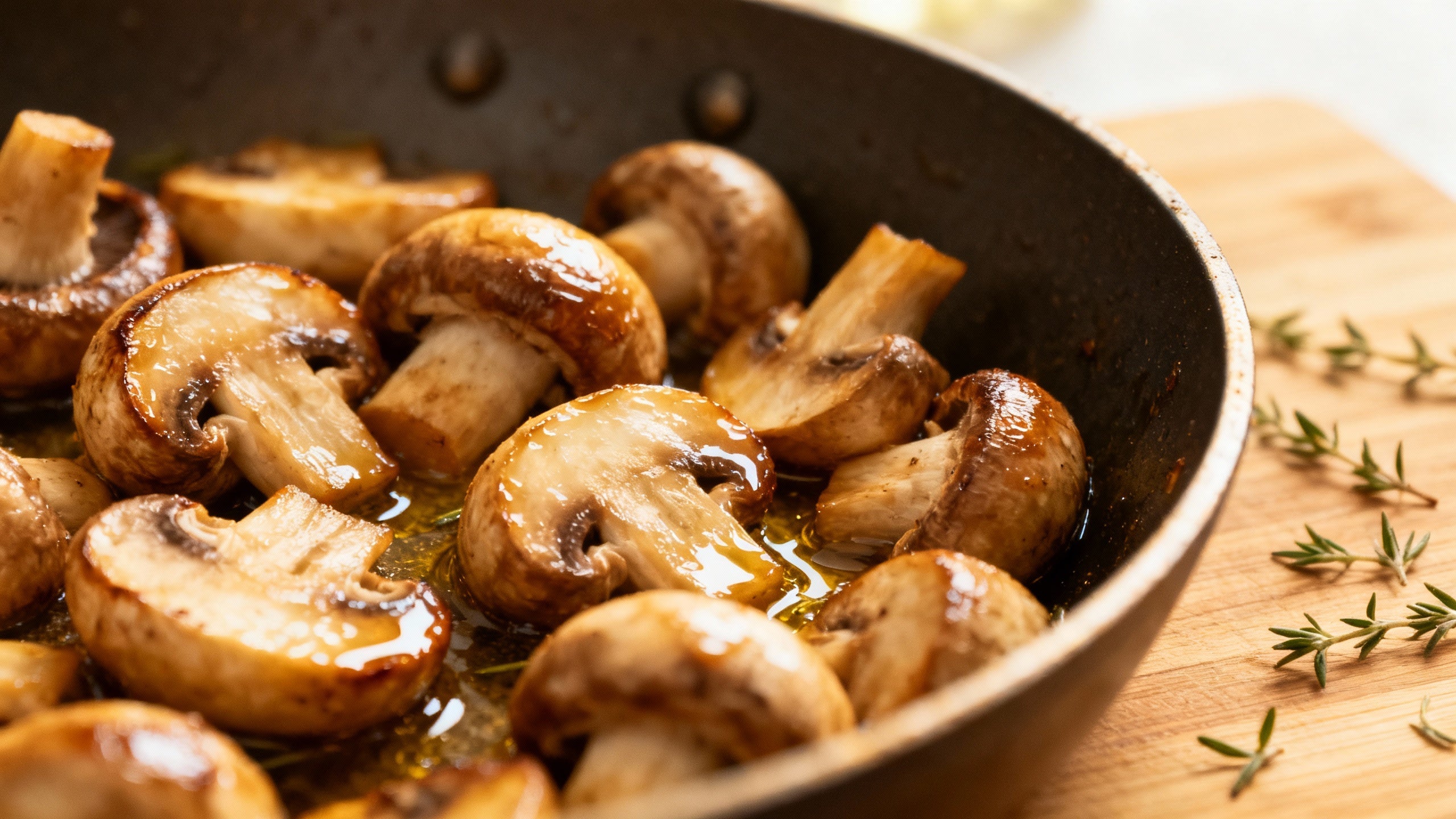
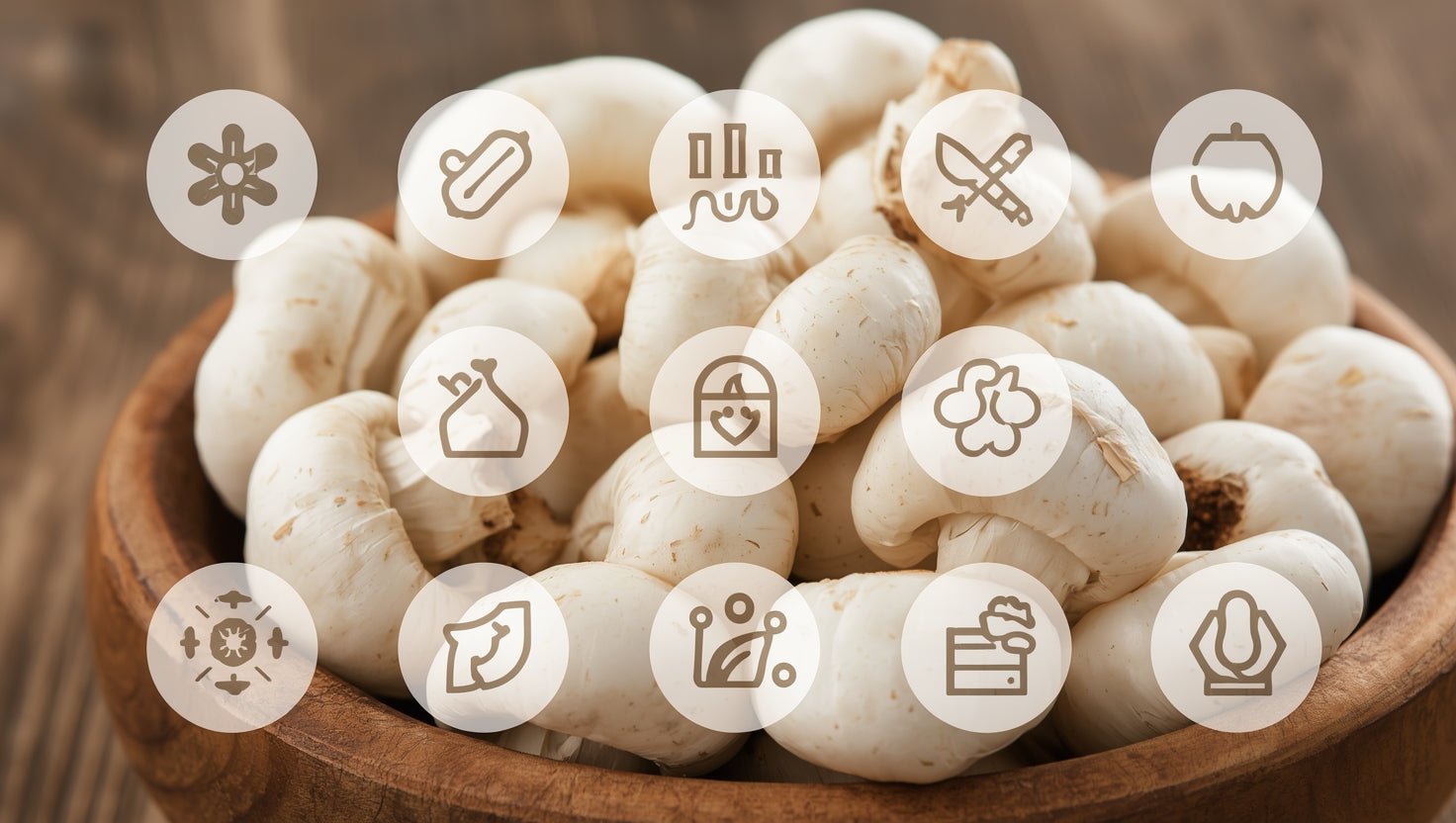
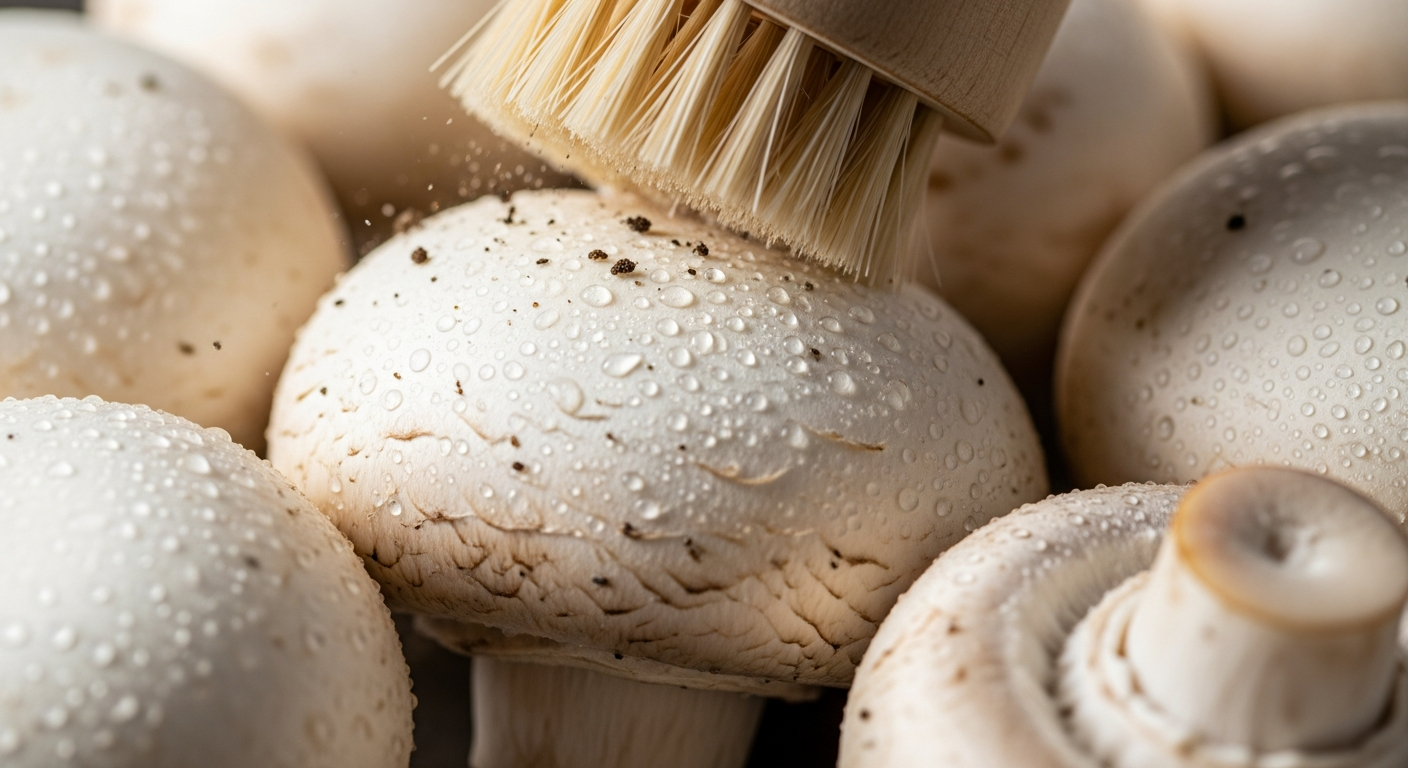
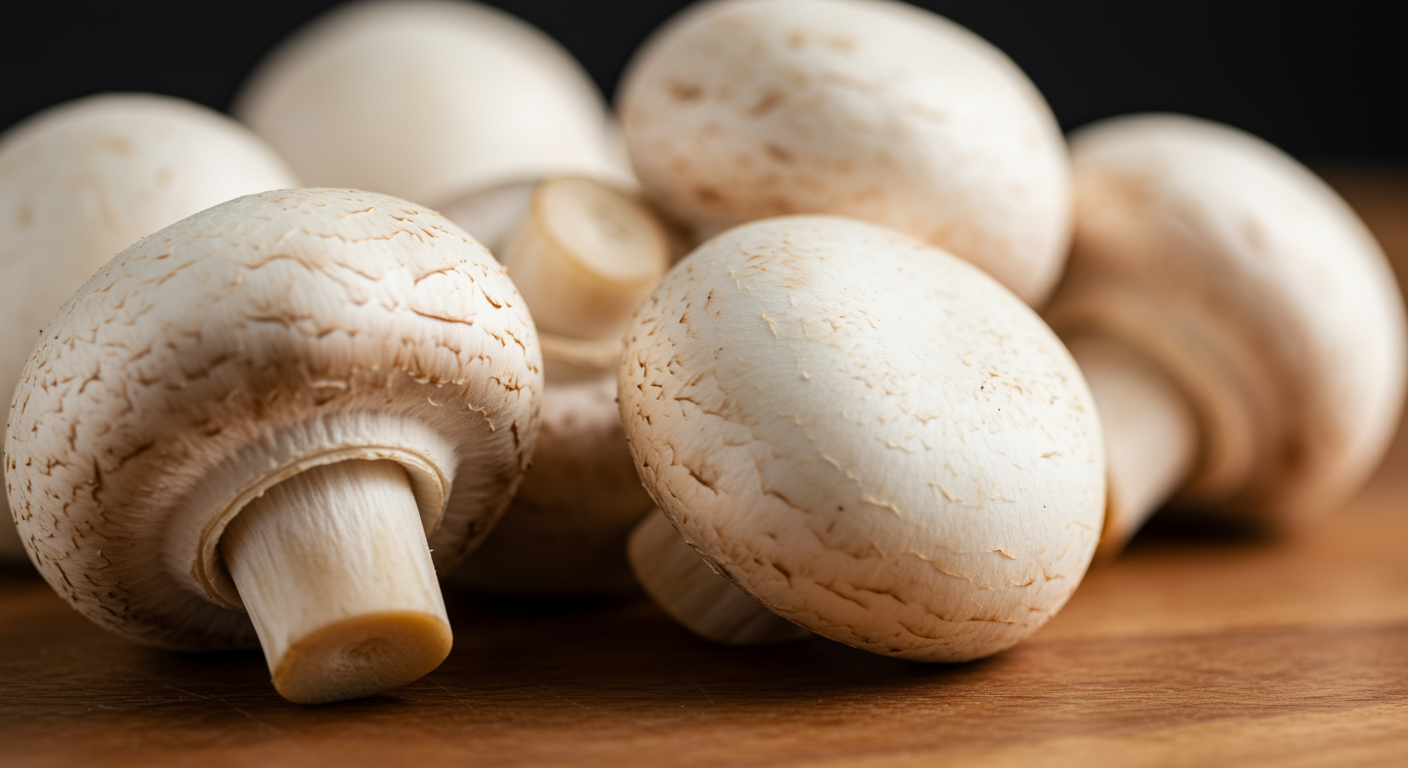
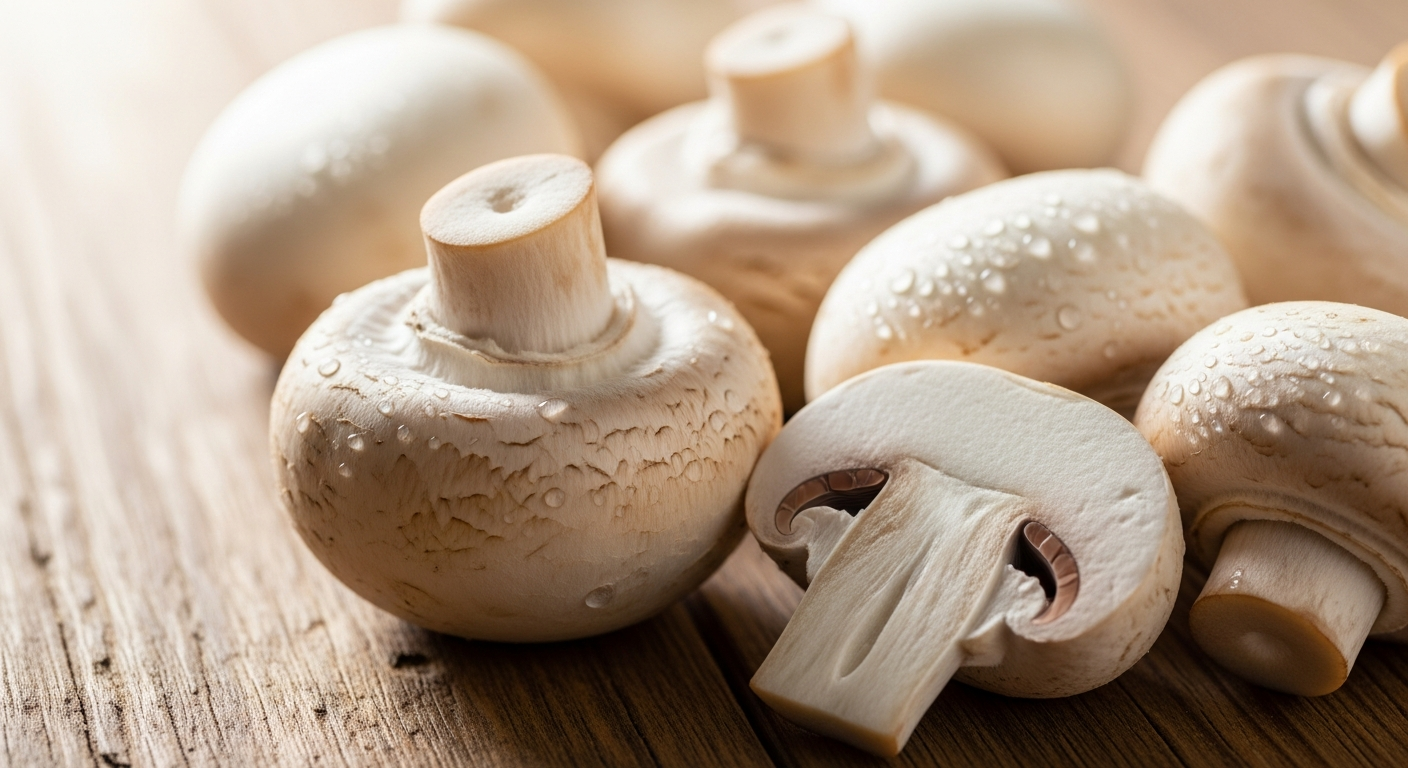
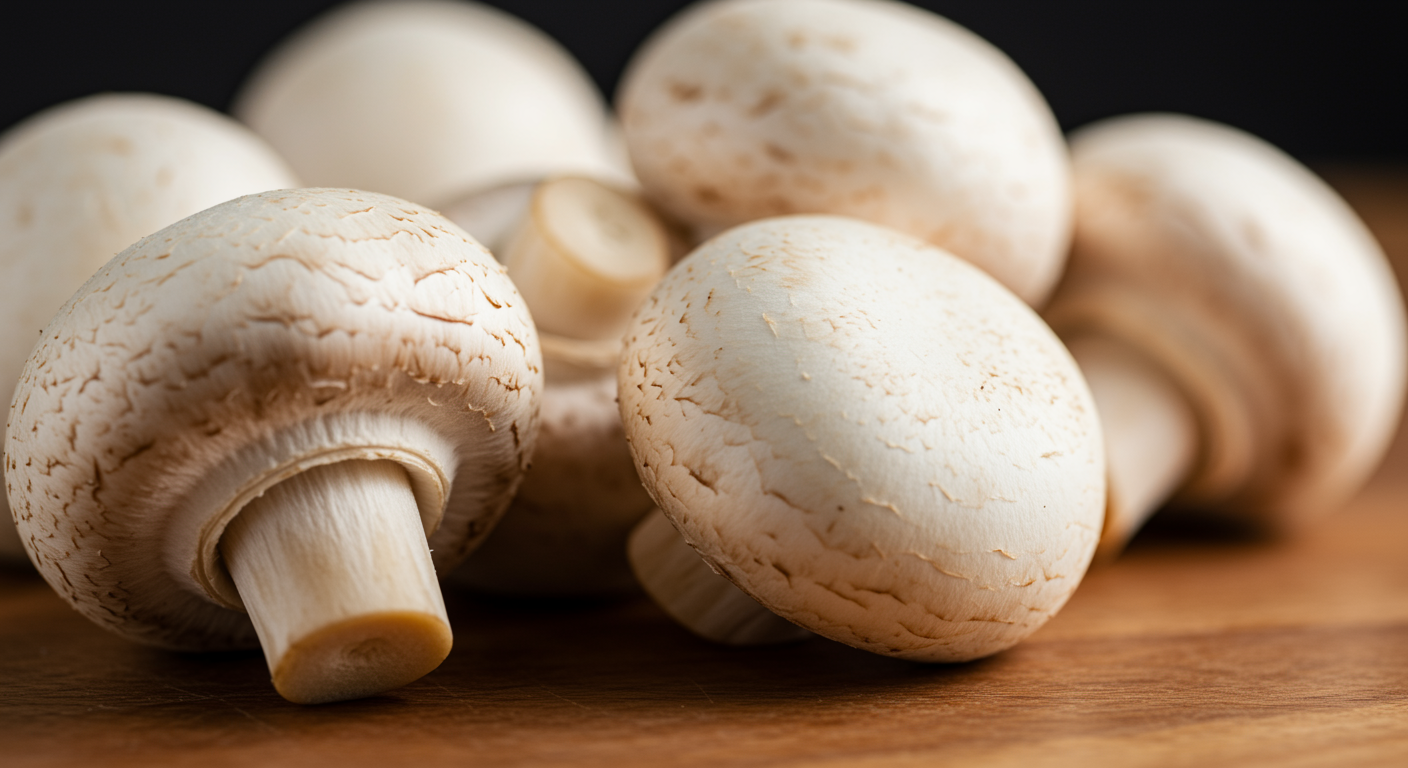
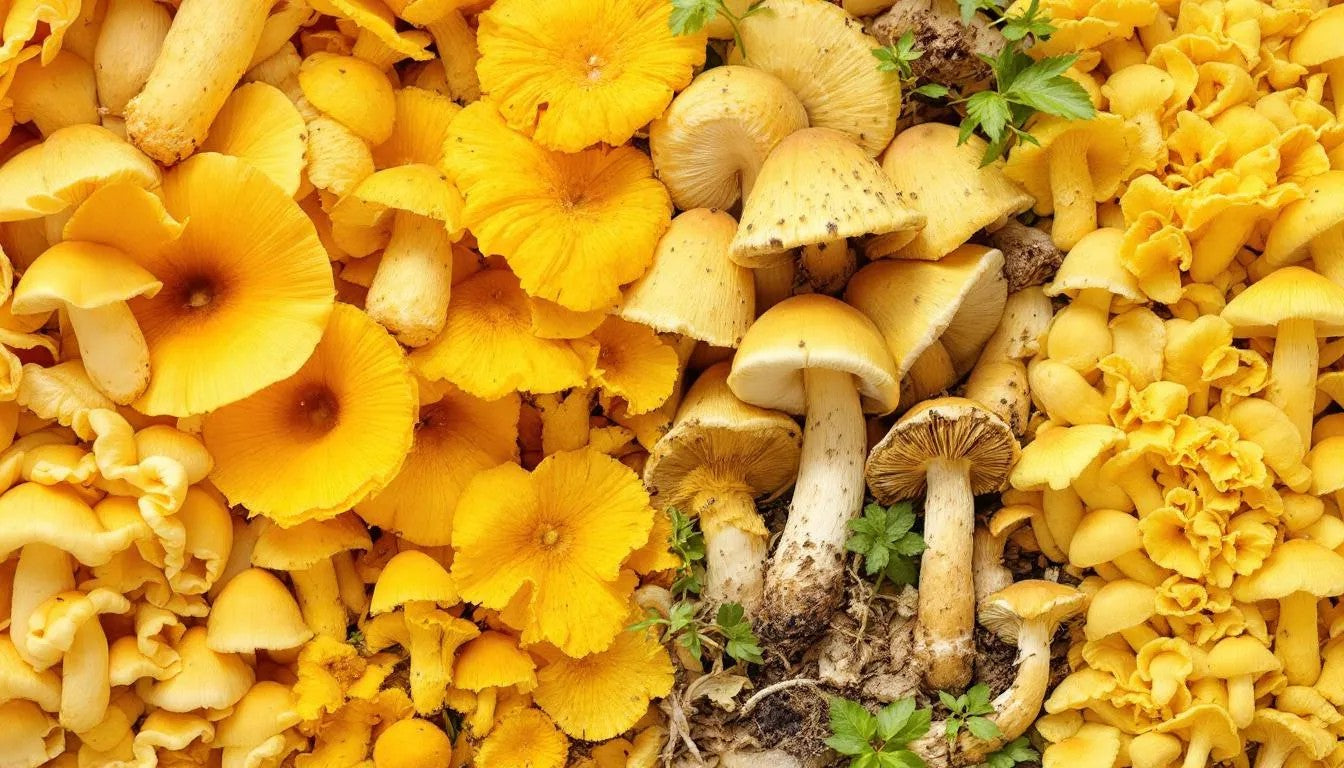

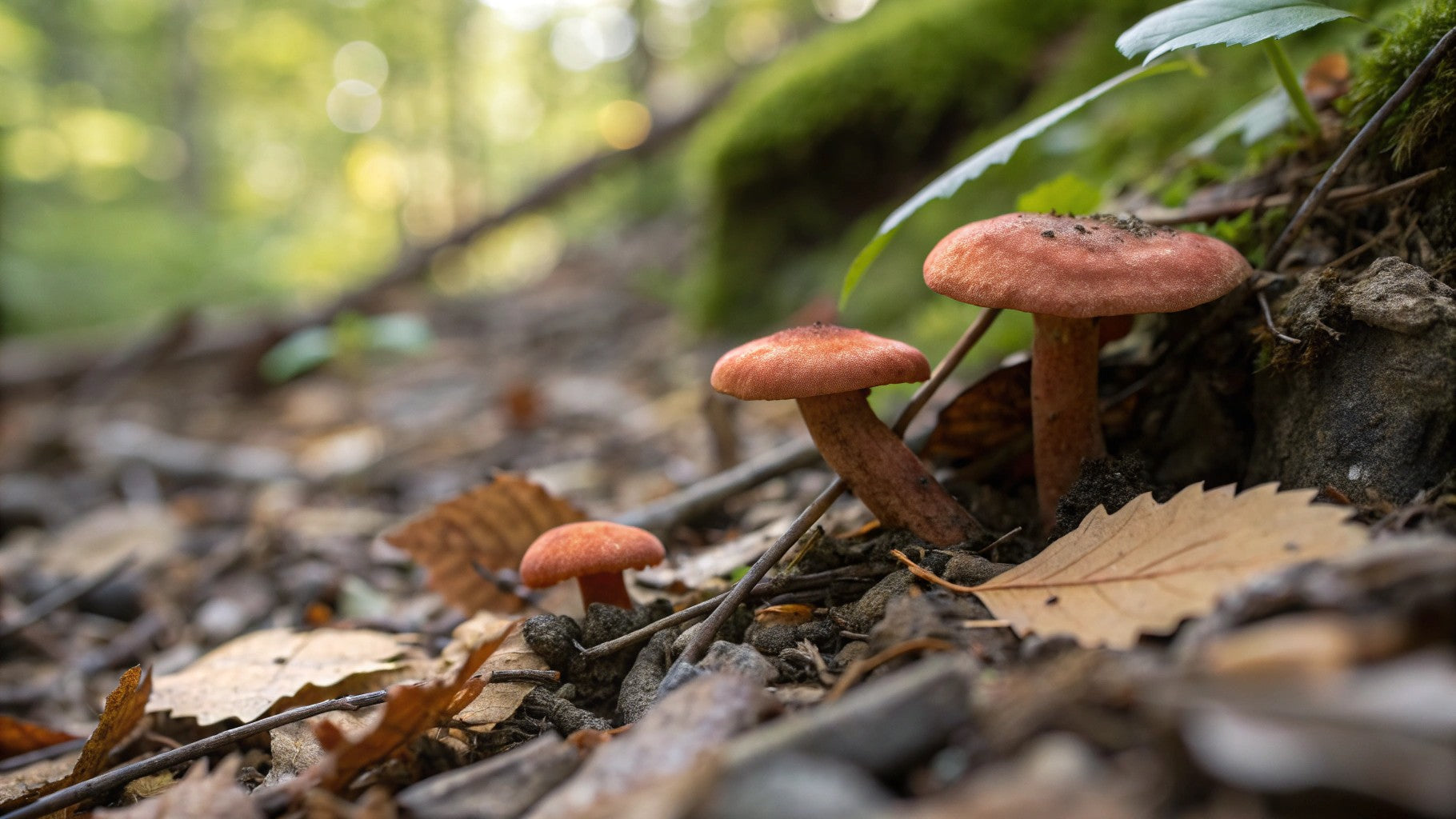
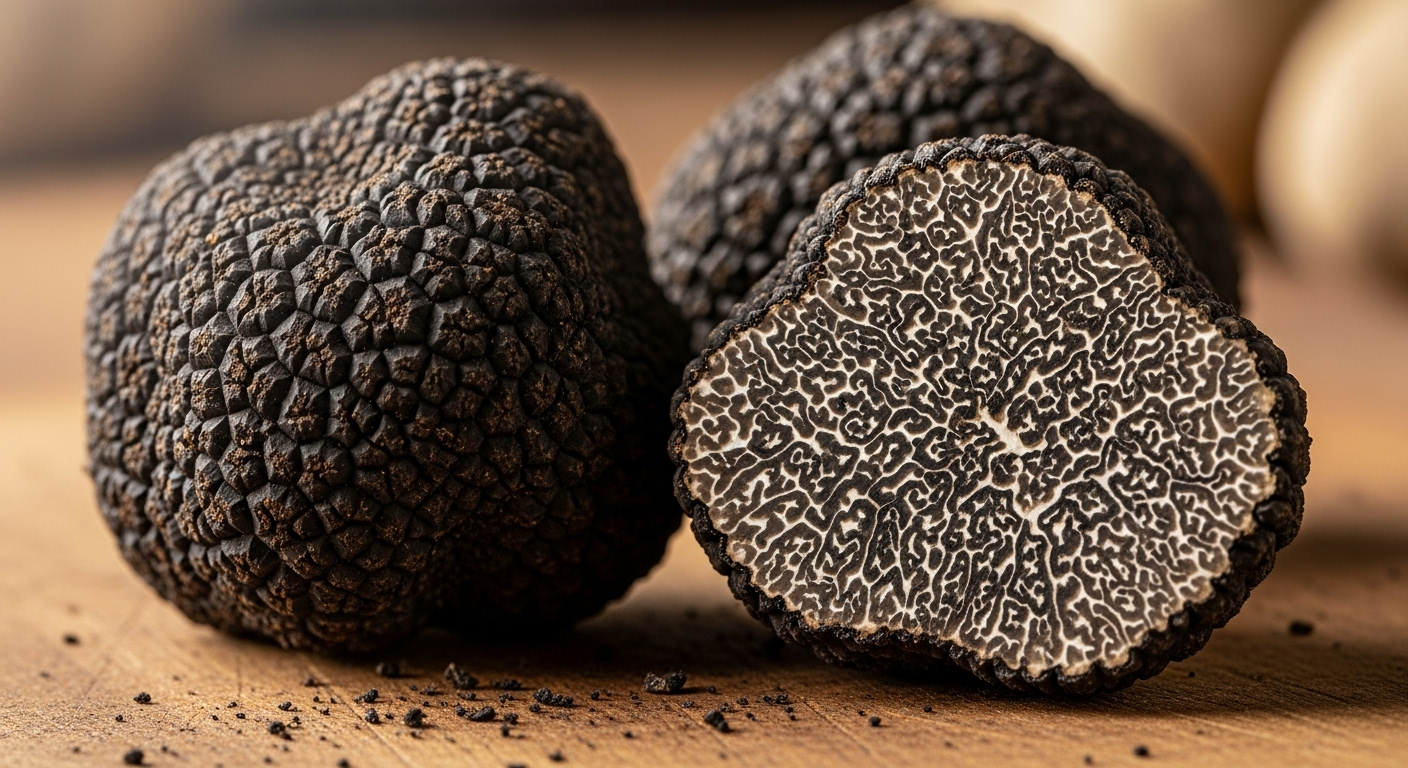
Share:
Organic Reishi Mushrooms: Grow Your Own Wellness Adventure
Reishi Mushroom and Pregnancy: All You Need to Know About Safety and Benefits